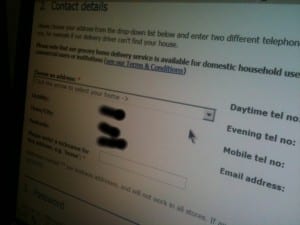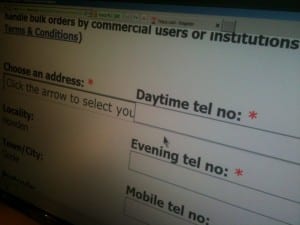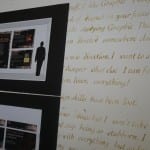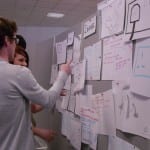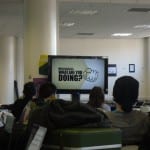A new academic year is the time for new year resolutions. These are like the promises you make for January 1st only more work focused; in theory at least. Sometimes it’s hard to tell the difference. They still involve lifestyle changes. Drink less coffee. Take the stairs. Make a packed lunch. Alongside organise email. Maintain the tudo list. When asked if ok say ‘Fine’ and smile. Don’t even begin to list the 101 reasons why you might not be fine that moment, day, month or year.
One resolution is to return to blogging. Regularly. Blogging is an art. I’m not sure if I do it well. A poor blog is easy to spot but it’s harder to apply the rules personally. The Triple S of blogging is Short, Sharp and Succinct. There are times when a blog is the only way to get the message across yet the message fits poorly into the Triple S framework. Therein lies the skill. And herein lies the resolution.
This is work blogging. As opposed to project (http://oer.lincoln.ac.uk) or fun (http://labyrinth.lincoln.ac.uk) blogging. It’s also my research blog but not much has been happening there. I link to other online places – a central station sort of approach. But the reality of maintaining an up-to-date social media presence is loss of the face-to-face dimension to your life. They run contrary to each other. As one increases so the other decreases and vice versa. There’s a name for that sort of balance. I can’t think what it’s called. All comments welcome.
Social Media = LEO. Life Experienced Online. A premonition of the future but not one I fully buy into – contrary to what family and friends seem to think.
So welcome to a new academic year and good luck to everyone in the months that lie ahead
